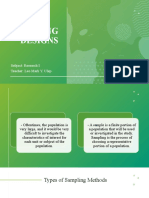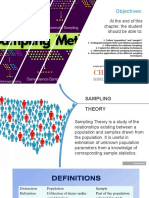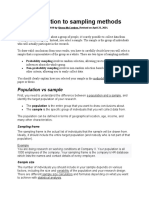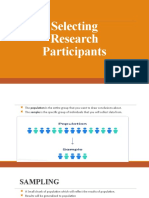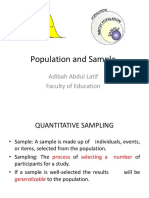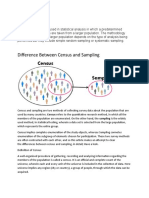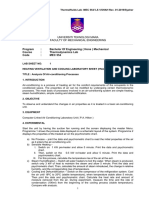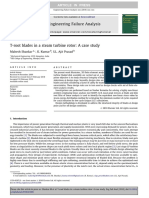0% found this document useful (0 votes)
3 views14 pagesSampling Methods
Sampling is the process of selecting a subset from a larger population to make inferences about that population. There are two main types of sampling: probability sampling, which ensures every member has an equal chance of selection, and non-probability sampling, which does not guarantee equal chances and may introduce bias. Various methods exist within these categories, including simple random sampling, systematic sampling, stratified sampling, cluster sampling, convenience sampling, purposive sampling, and snowball sampling, each with its own advantages and applications.
Uploaded by
trimankaur23Copyright
© © All Rights Reserved
We take content rights seriously. If you suspect this is your content, claim it here.
Available Formats
Download as PDF, TXT or read online on Scribd
0% found this document useful (0 votes)
3 views14 pagesSampling Methods
Sampling is the process of selecting a subset from a larger population to make inferences about that population. There are two main types of sampling: probability sampling, which ensures every member has an equal chance of selection, and non-probability sampling, which does not guarantee equal chances and may introduce bias. Various methods exist within these categories, including simple random sampling, systematic sampling, stratified sampling, cluster sampling, convenience sampling, purposive sampling, and snowball sampling, each with its own advantages and applications.
Uploaded by
trimankaur23Copyright
© © All Rights Reserved
We take content rights seriously. If you suspect this is your content, claim it here.
Available Formats
Download as PDF, TXT or read online on Scribd
/ 14










